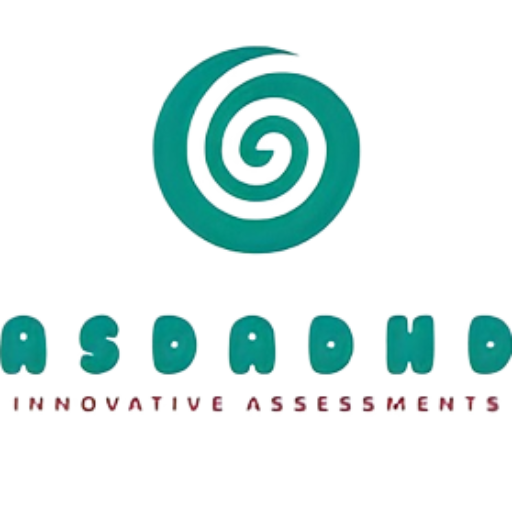12 Apr, 2024 | anishdr | No Comments
Ritalin Dosage Chart: A Comprehensive Guide for ADHD Management | ADHD ASD Doctor
Understanding Ritalin Dosage: Tailoring Treatment for Effective ADHD Management
Attention deficit hyperactivity disorder (ADHD) is a complex neurodevelopmental disorder that affects individuals of all ages, impairing their ability to focus, control impulses, and regulate behavior. Managing ADHD often involves a multi-faceted approach, including behavioral therapy, lifestyle adjustments, and in many cases, medication. Among the most commonly prescribed medications for ADHD is Ritalin, a central nervous system stimulant that helps to improve focus and reduce impulsivity and hyperactivity. However, the effectiveness of Ritalin relies heavily on finding the right dosage for each individual, making a Ritalin dosage chart an invaluable tool in ADHD management.
Ritalin Dosage Chart: Finding the Optimal Dose
When it comes to Ritalin dosage, there is no one-size-fits-all solution. The optimal dose varies depending on factors such as age, weight, severity of symptoms, and individual response to the medication. Therefore, it’s crucial to work closely with a healthcare professional to determine the most appropriate dosage for each patient.
Here’s a general overview of Ritalin dosage guidelines:
- Starting Dose: Typically, the initial dose of Ritalin for children aged six and older is 5 mg taken orally twice daily, preferably 30 to 45 minutes before meals. This starting dose may be adjusted gradually based on the individual’s response and tolerance.
- Titration: The dose may be titrated upwards in increments of 5 to 10 mg at weekly intervals until the desired therapeutic effect is achieved. It’s essential to monitor for any adverse effects or signs of overstimulation during this titration process.
- Maintenance Dose: Once the optimal dose is determined, it becomes the maintenance dose for ongoing treatment. This dose should be regularly reviewed and adjusted as needed to ensure continued effectiveness and minimize side effects.
- Maximum Daily Dose: The maximum recommended daily dose of Ritalin is typically 60 mg, although some individuals may require higher doses under close medical supervision.
- Extended-Release Formulations: Ritalin is available in various extended-release formulations, such as Ritalin LA and Concerta, which provide sustained symptom control throughout the day. These formulations often require different dosing strategies and should be prescribed and monitored carefully by healthcare professionals.
Factors Influencing Ritalin Dosage
Several factors can influence the efficacy and tolerability of Ritalin dosage, including:
- Age: Children and adults may require different doses of Ritalin due to variations in metabolism and response to the medication.
- Weight: Dosage adjustments may be necessary for individuals with higher or lower body weights to achieve optimal therapeutic effects.
- Coexisting Conditions: Individuals with certain medical conditions or psychiatric comorbidities may require tailored dosing strategies to address their specific needs.
- Drug Interactions: Ritalin may interact with other medications, affecting its absorption, metabolism, or efficacy. It’s essential to disclose all current medications to your healthcare provider to minimize the risk of adverse interactions.
Monitoring and Adjusting Ritalin Dosage
Once a patient is stabilized on a Ritalin dosage, regular monitoring is essential to assess treatment efficacy and safety. Healthcare providers should conduct routine follow-up appointments to evaluate symptom improvement, monitor for any adverse effects, and adjust the dosage as needed. Additionally, open communication between patients, caregivers, and healthcare providers is crucial to address any concerns or changes in symptoms promptly.
Finding the right Ritalin dosage is a crucial aspect of managing ADHD effectively. By utilizing a comprehensive Ritalin dosage chart and working closely with healthcare professionals, individuals with ADHD can optimize their treatment outcomes and improve their quality of life. Remember, the key to successful ADHD management lies in personalized, holistic care that addresses the unique needs of each patient.

Write Reviews
Leave a Comment
No Comments & Reviews